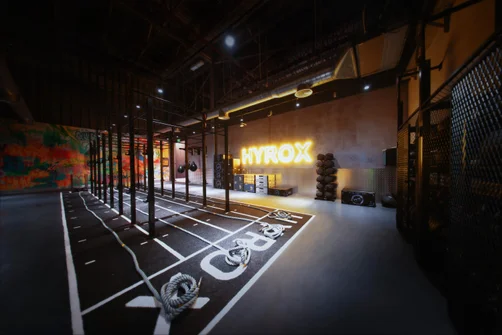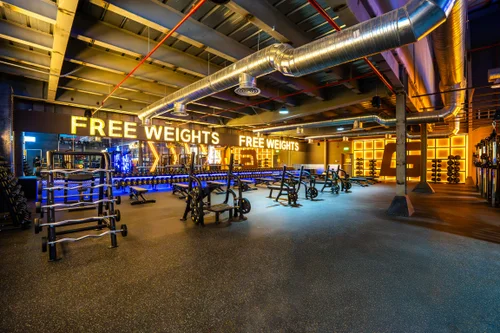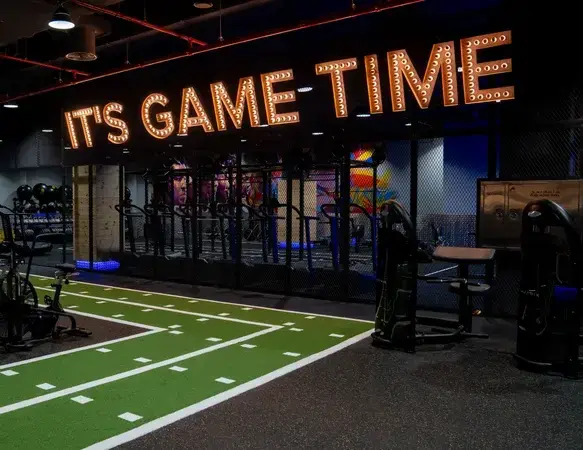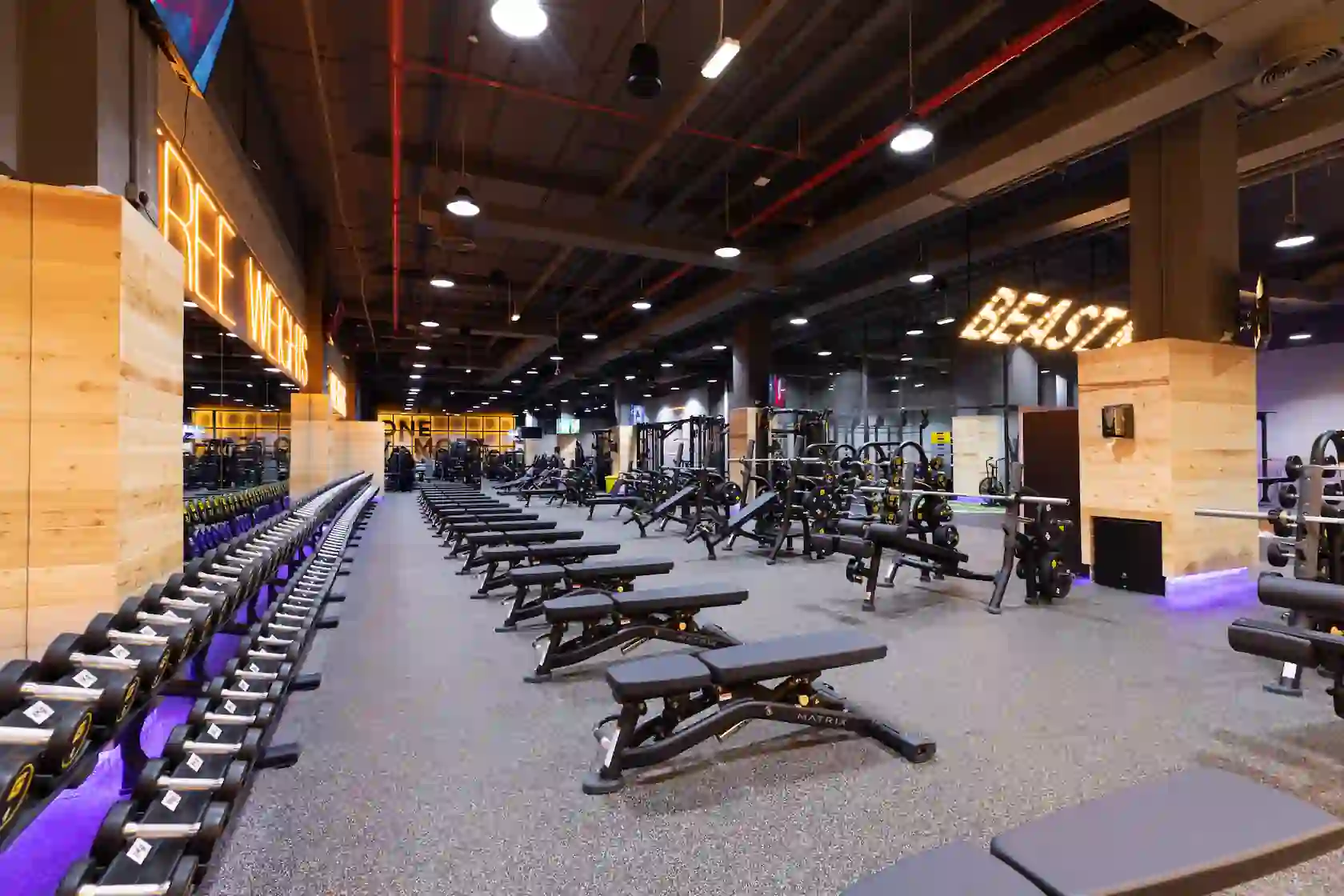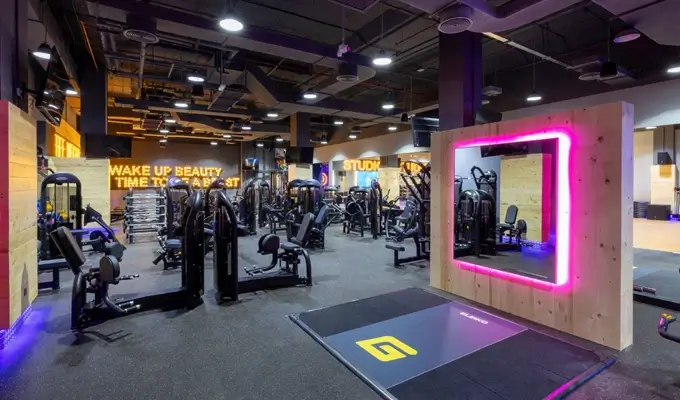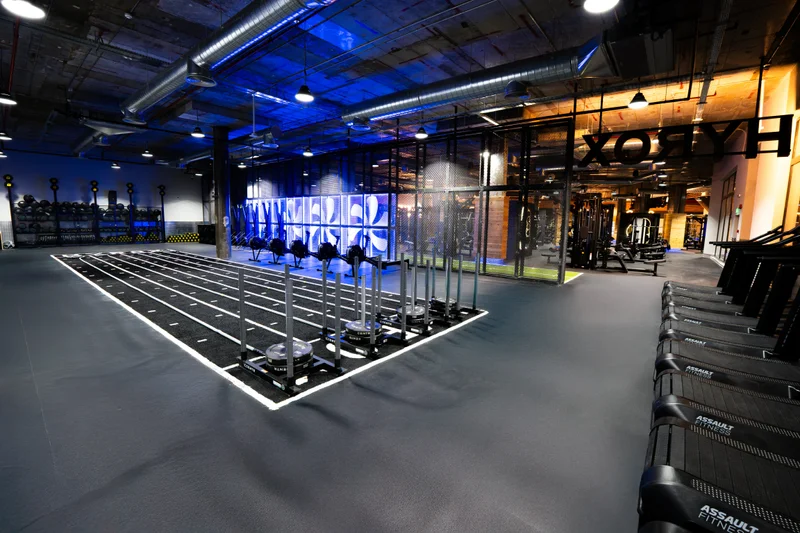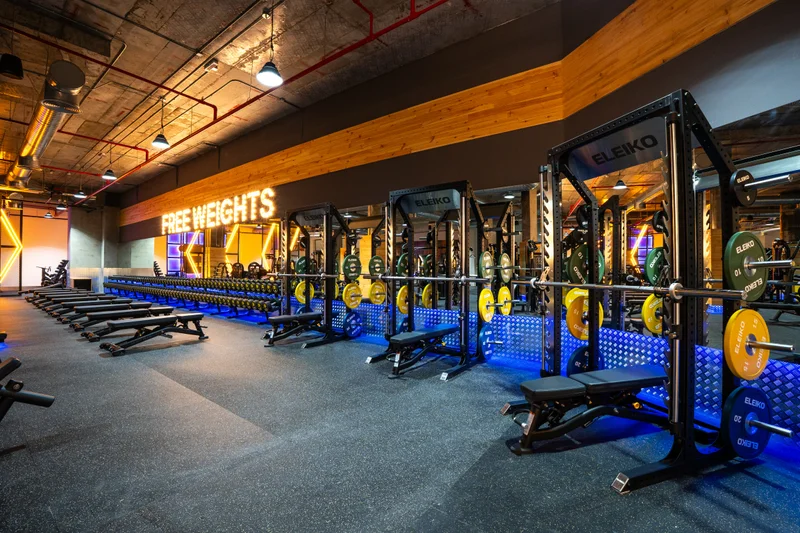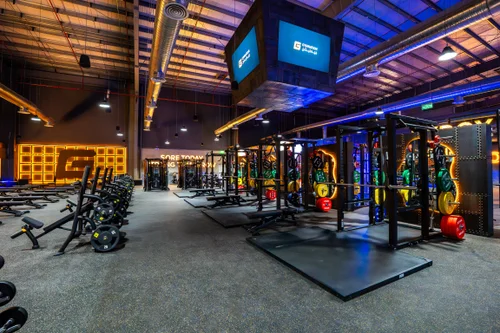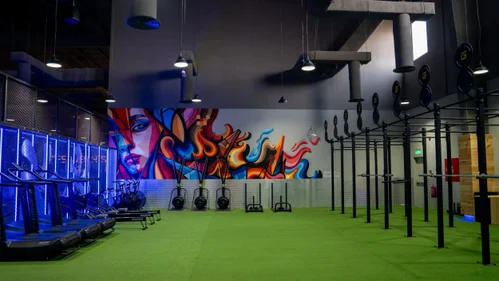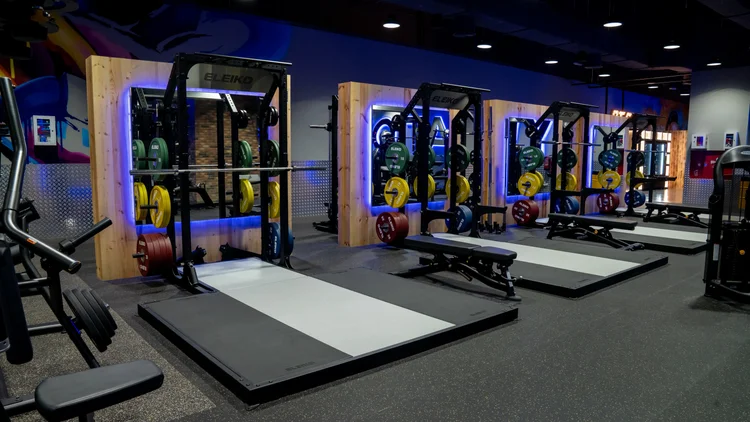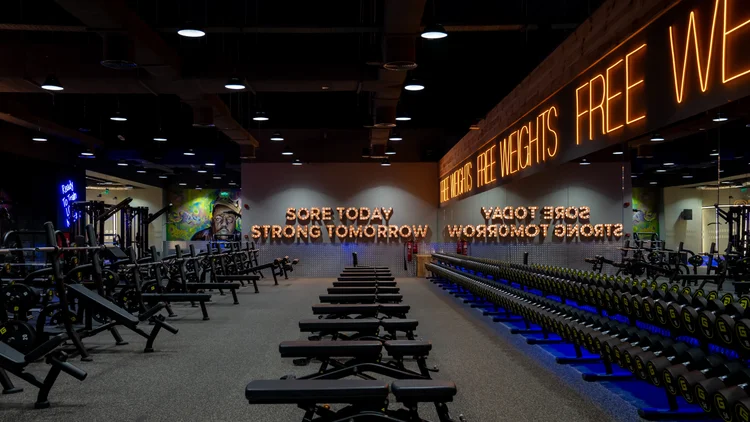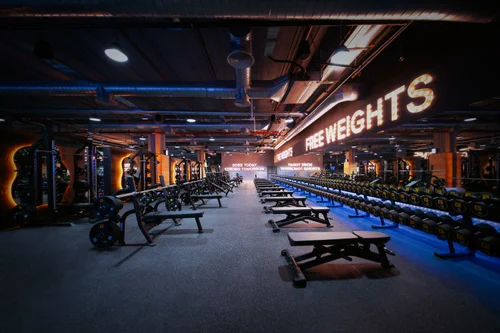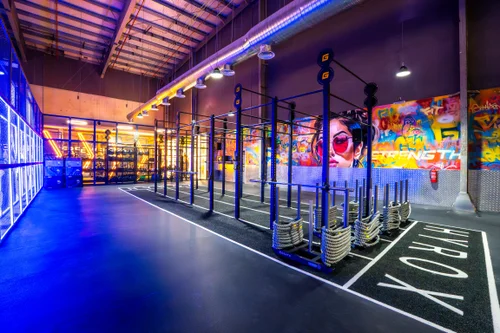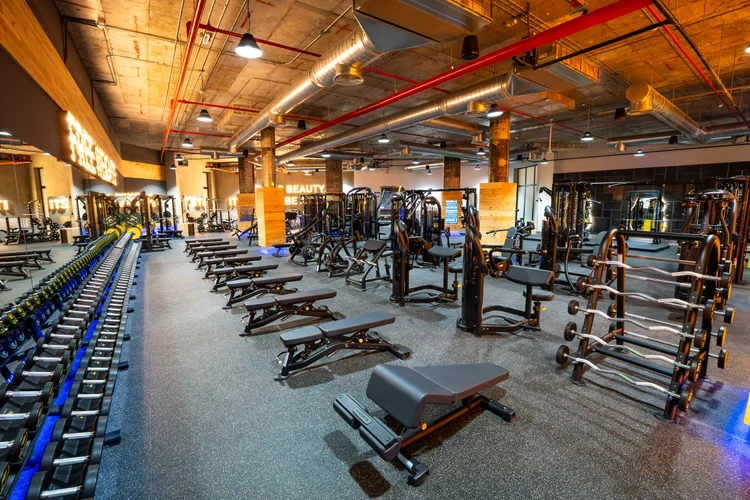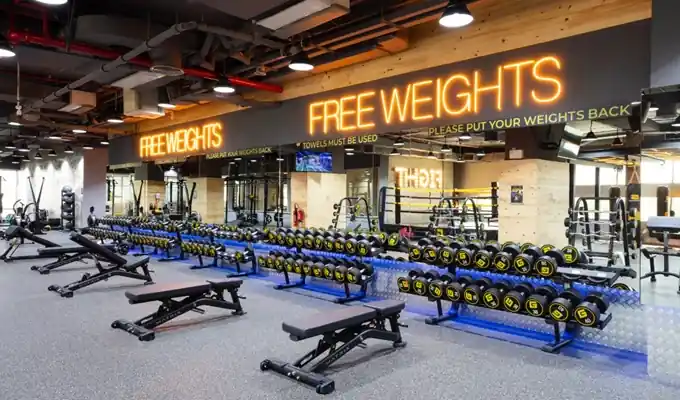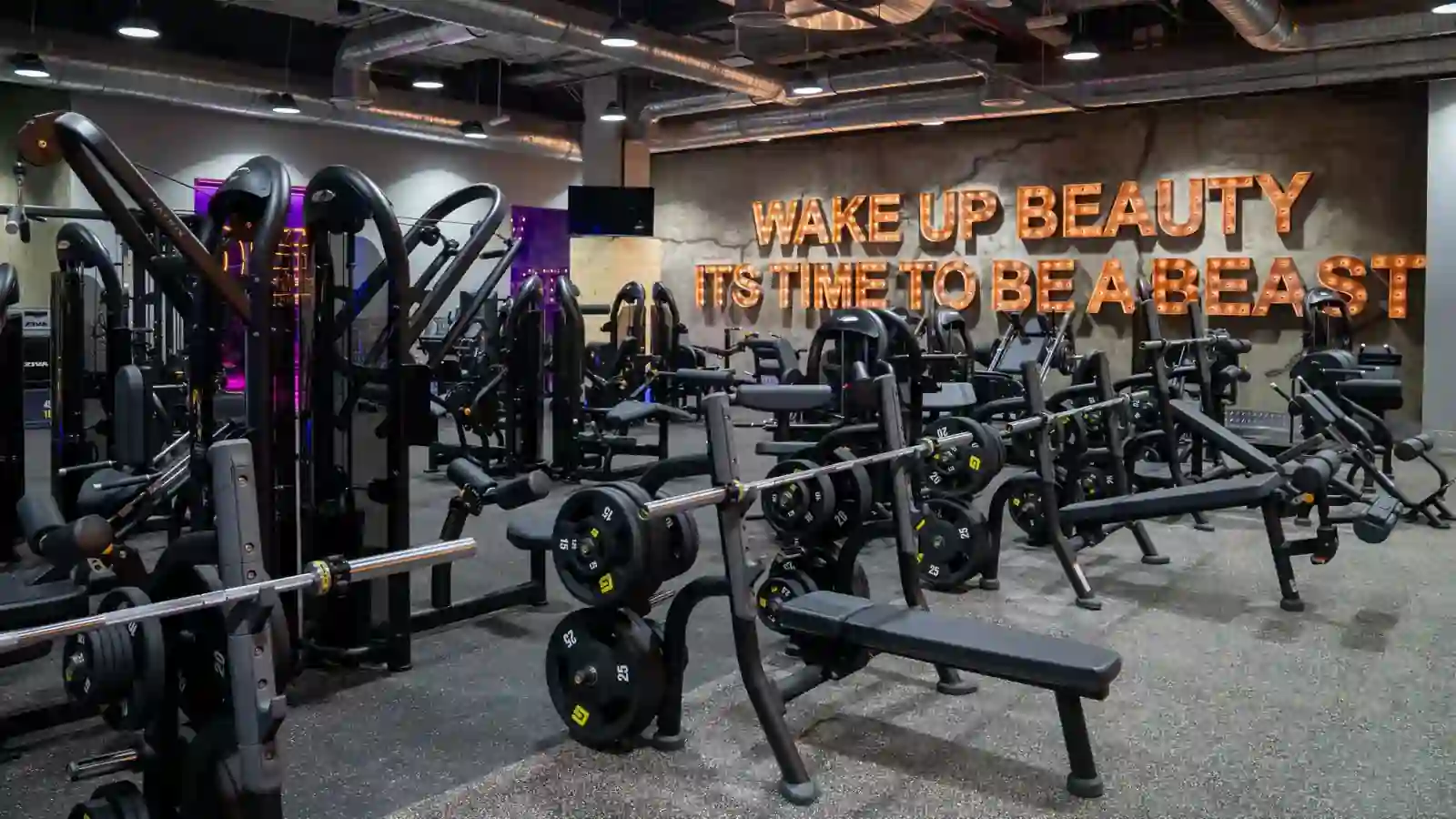High Intensity Circuit Training Versus Traditional Strength Training

SIGN UP FOR YOUR FREE DAY PASS TODAY!
Think you need long, drawn-out weightlifting sessions to boost strength and shed fat? Think again.
New findings show that high-intensity circuit training (HICT)—condensed workouts combining multiple strength exercises with minimal rest—can deliver similar results to traditional weightlifting in terms of strength gains, muscle growth, and fat loss.
A new study led by Ph.D. candidate and Women’s Health cover star, Sohee Carpenter, tested the effectiveness of HICT versus standard strength training. Here’s what they found, plus expert tips to maximize your strength routine.
Read also: Morning Walking Tips for a Healthier Routine
Understanding the Findings
This research, published in the European Journal of Sport Science, studied 14 active women in their 20s and 30s over eight weeks. Participants were split into two groups:
- HICT Group: They performed six exercises (leg press, dumbbell bench press, trap bar deadlift, lat pulldown, hip thrust, and standing dumbbell shoulder press) in a time-based circuit with minimal rest. Three exercises were done in sequence, followed by a five-minute break before moving to the remaining three.
- Traditional Strength Group: They completed the same exercises but focused on one at a time, with three minutes of rest between sets.
Both groups performed three sets of eight to 15 reps, pushing their muscles close to failure. At the end of the study, both groups displayed nearly identical improvements in strength (as measured by three-rep max tests), reductions in body fat, and increases in lean muscle mass.
Researchers concluded that both methods are equally effective. However, HICT proved to be more time-efficient, requiring less total time to complete.
Carpenter summarized the results in a social media post, highlighting that, contrary to popular belief, circuit training can be just as effective for building strength and improving body composition.
Read also: Oxford study: 9,000 daily steps may prevent cancer
Why Training Close to Failure Matters
A critical factor highlighted in the study is the concept of "near-muscular failure." But what does that mean?
According to Albert Matheny, RD, CSCS, co-founder of SoHo Strength Lab, this occurs when your muscles reach the point of near-exhaustion, struggling to complete another rep with proper form.
Pushing to this limit signals your body that it needs to adapt by becoming stronger and more efficient. You might notice a burning sensation in your muscles or difficulty maintaining your form when you’re close to failure, Matheny explains.
HICT or Traditional Strength Training?
The good news? You don’t need to choose between the two approaches; both are effective. If your goal is efficiency, HICT might help you maximize your gym time without sacrificing results. However, Matheny recommends adopting a balanced routine that incorporates both styles.
Combining high and low-intensity training allows your body sufficient recovery time, keeps your workouts interesting, and ensures you reap the unique benefits of each method.
For instance, if you usually stick to traditional strength training, adding in HIIT-style circuits could provide a fresh challenge and save time.
Remember, you don’t need to go all out every session. Finding the right mix of intensity and recovery is key to long-term progress.
Source: womenshealthmag
The opinions shared in the GymNation blog articles are solely those of the respective authors and may not represent the perspectives of GymNation or any member of the GymNation team.
GET YOUR FREE TRIAL TODAY






















